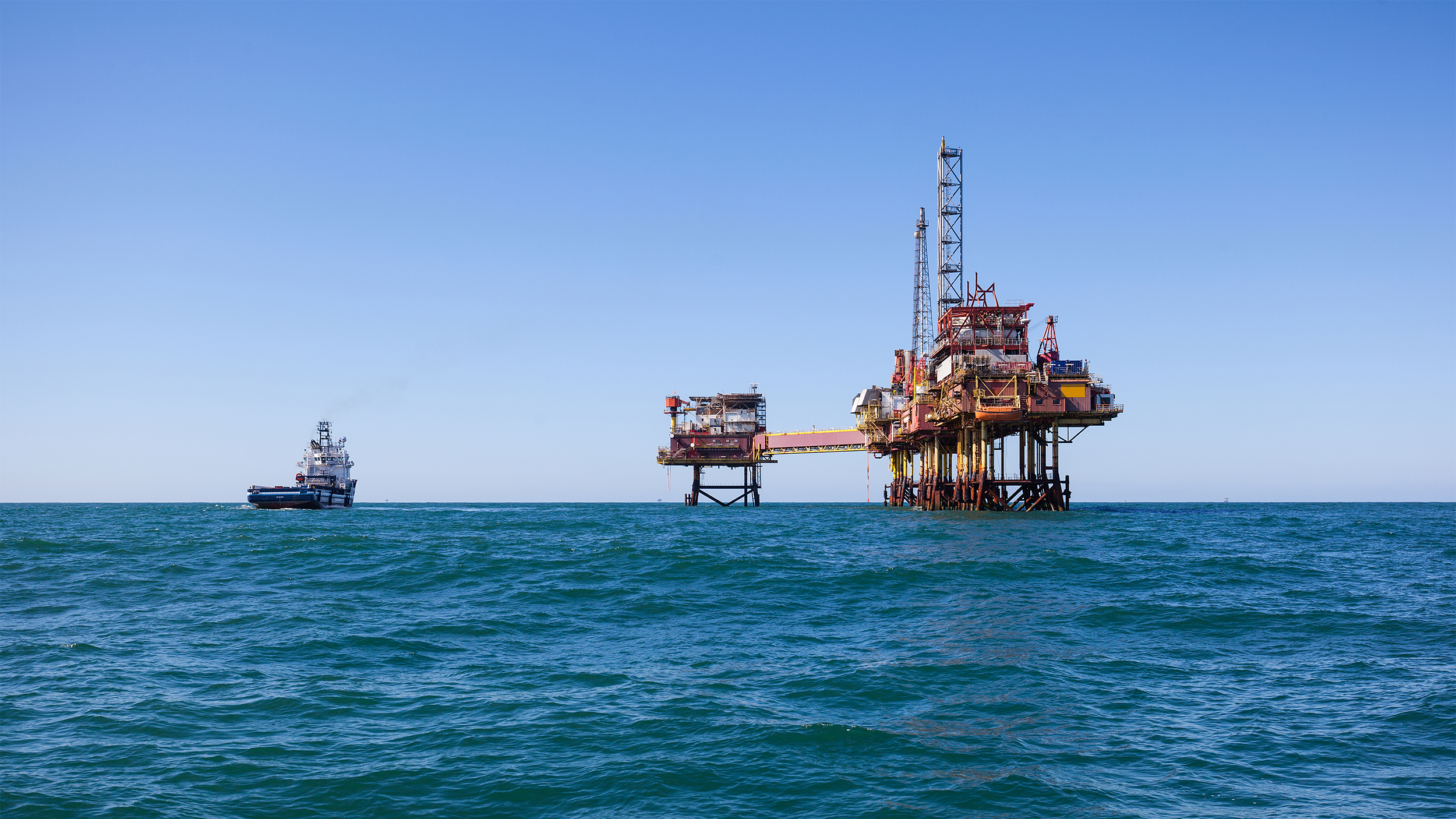 Search
Search
 Search
Search

Lab-tested drilling fluid system helps minimize effects of gumbo and deliver stable top-hole sections
Download PDF
EUGENE ISLAND, GULF OF MEXICO

An operator in the Gulf of Mexico was having issues with post-cement flows on 22-in. casing strings, especially in the known gumbo (soft, sticky, swelling clay) fields of Eugene Island. To remediate this issue, some changes were made to the existing drilling and hole-cleaning practices and to the cement design itself. The last desired change was to the fluid system and/or additives to achieve more competent cement jobs.
There was a two-well, top-hole batch scheduled to be drilled in April 2022. The plan was to utilize Super Saturated Riser-Vis (SSRV) fluid versus Saturated Riser-Vis (SRV) fluid that had been the customer’s standard method to increase chloride concentrations to minimize shale swelling and assist in inhibiting any gumbo encountered downhole. In a collaborative effort, Halliburton Baroid conducted extensive fluid system testing, which prompted the decision to add BaraSure W-988 shale inhibitor to the SSRV-treated pad mud that would be spotted in the hole before running the 22-in. casing string.
Previous troubling flow events had resulted in sinking wellheads and even loss of wells, leading the operator to evaluate ways to ensure the wellbore was in the best condition possible to minimize channeling of cement and allow the cement to bond to the formation and prevent micro-annuli. More competent initial cement jobs would prevent post-cement flows, which required the operator to monitor the wellhead, sometimes for up to 3 days, to confirm a static well. Flows would require remedial cement jobs and in some cases immediate intervention to prevent the well from sinking into the seafloor.
A two-well batch was identified to test the new fluid formulation and verify the optimal additive concentration. X-ray diffraction (XRD) data and actual shale samples were obtained from the customer, and various inhibitor concentrations were tested on both SRV and SSRV fluids using a linear swell meter (LSM). LSM data indicated the SSRV option showed better inhibition properties with a treatment of BaraSure W-988. This formula achieved the lowest swelling % of several inhibitor options tested in these base drilling fluids. After reviewing cost estimates, the operator chose SSRV to drill all the riserless sections and decided to apply the treatment of BaraSure W-988 to the mud left in open hole before tripping out to run casing.
The plan was successfully executed on both of these trial wells, using SSRV cut-back fluid to drill intervals and treating the mud with an agreed-upon concentration of BaraSure W-988 inhibitor added on-the-fly. Minimal amounts of gumbo were noted while circulating with casing on bottom or during the cement job, and there were no flows observed after cementing. This application saved the operator approximately 3-5 days of remediation work, and prevented loss of the wells that would have caused a complete re-drill of the top hole to include an additional wellhead, casing strings, and 20,000 to 40,000 barrels of riserless drilling fluid (equaling more time and cost).
The project demonstrated a positive outcome using SSRV fluid in conjunction with Baroid’s BaraSure W-988 for wells drilled in challenging gumbo formations.
Days of remediation work saved
26 in. sections drilled with minimal gumbo observed
Barrels of drilling fluid prevented from being lost

Halliburton Baroid is at the forefront of the drilling and completion fluids industry.
